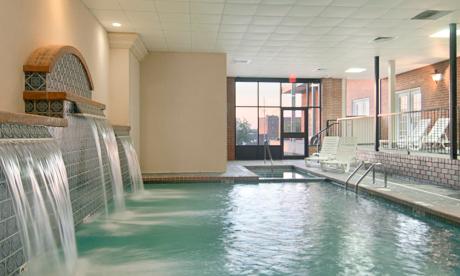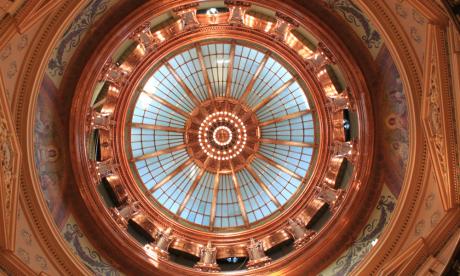Don’t just read about it, go see Topeka’s history in person this summer! From our railroad heritage and the Midwest’s largest collection of WWI replica aircrafts to the legacy of the Brown v. Board of Education, and so much more!
KANSAS STATE CAPITOL BUILDING
One of Kansas’ most iconic buildings, the Kansas State Capitol sits in the heart of downtown Topeka and has served as the home of the state’s legislature since near the turn of the 20th century. Having undergone a 14-year renovation, completed in 2014, the Capitol today is shining brighter than it ever has before.
The Capitol is a monument to Kansas history, showcasing its defining moments as a state and how it shaped the history of the U.S. Visitors can appreciate various forms of art and artifacts, including “Tragic Prelude” by John Steuart Curry, John Brown’s cutlass, a larger-than-life statue of Amelia Earhart, and the Brown v. Board of Education mural, to name a few.
The building itself is a piece of history, as well as an architectural marvel. Check out where history is made by visiting the Senate Chamber and Representative Hall. Historical documents and more await in the Kansas State Library. Those seeking a bit of a thrill won’t want to miss the daily dome tours – it’s 296 steps to the top, and the view can’t be beat!
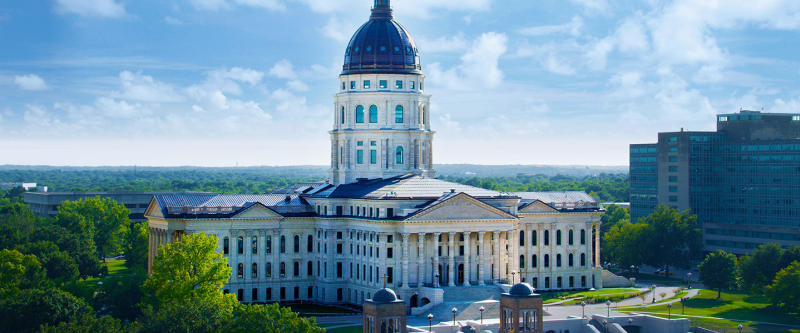
BROWN V. BOARD OF EDUCATION NATIONAL HISTORIC SITE
The story of Brown v. Board of Education started right here in Topeka, Kansas, and visitors to the area can tour the national historic site and museum commemorating that case! When Oliver Brown and fellow Topeka parents agreed to be plaintiffs in the landmark U. S. Supreme Court case that outlawed segregation in public schools, they didn’t know they would make history.
Their legacies are remembered in the halls of the historic Monroe School building in Topeka, where the Brown v. Board of Education National Historic Site is housed. There you’ll gain a better understanding of and appreciation for the role this 1954 decision played in the broader U.S. Civil Rights Movement.
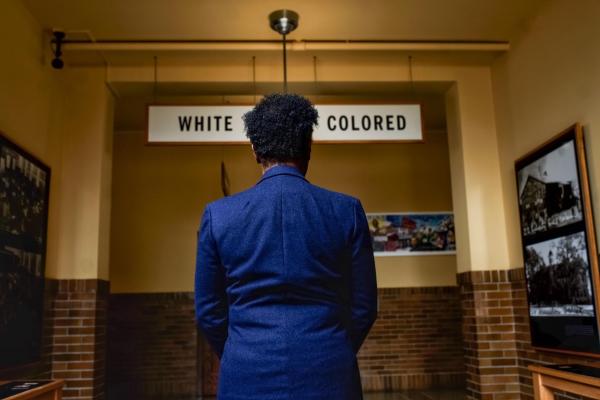
GREAT OVERLAND STATION
A major piece of Topeka’s railroad heritage, the Great Overland Station speaks to a lost age somewhere within the Second Industrial Revolution and the Roaring 20s. Formerly the Union Pacific Station, the building was completed in 1927. It was designed by American architect Gilbert Stanley Underwood. Although no longer a working station, visitors can witness trains pass by the depot daily and take in various traveling and permanent exhibits, while also marveling at the grandeur of this historic building.
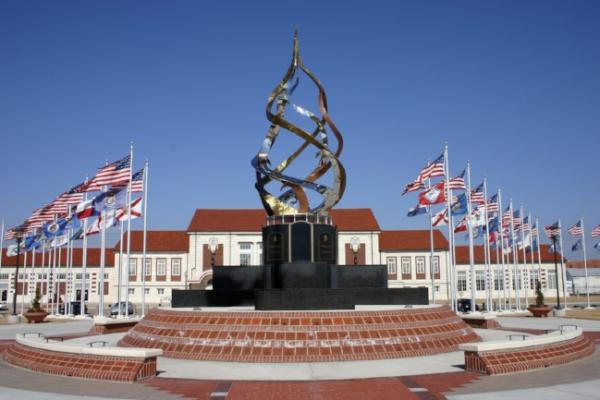
CONSTITUTION HALL
Experience Topeka’s Constitution Hall, located in downtown Topeka at 429 S. Kansas Ave. In 2022, the site was approved for a $3.75 million BASE grant that will go toward ongoing restoration and transformation of the building. In 1855, it hosted representatives of the Free State Kansas government, elected by the people of the Kansas Territory, who wrote the Topeka Constitution, banning slavery in the future state of Kansas – which earned the building its name. By 1857, the site was the headquarters of Underground Railroad operations on the Lane Trail to freedom in the north.

THE KANSAS HISTORY MUSEUM
As of this publication, the Kansas History Museum is closed for major renovations. While new and exciting exhibits are expected to debut in 2024, visitors can still explore the 2.5 miles of walking trails surrounding the Museum, with the historic Stach Schoolhouse and the Potawatomi Mission located onsite; or browse the State Archives and read letters written by various historical figures, like John Brown or Carrie A. Nation.
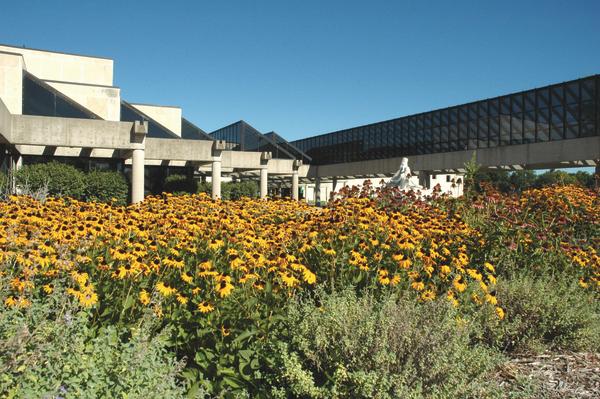
HISTORIC RITCHIE HOUSE
The Historic Ritchie House, 1116 S.E. Madison St., was built by abolitionists John and Mary Jane Ritchie. It served as a stop along the Underground Railroad and is considered to be Topeka’s oldest home. Located next door to the Shawnee County Historical Society, public tours are conducted Tuesday through Thursday 9 a.m. to 1 p.m. For additional information, please contact the county historical society.
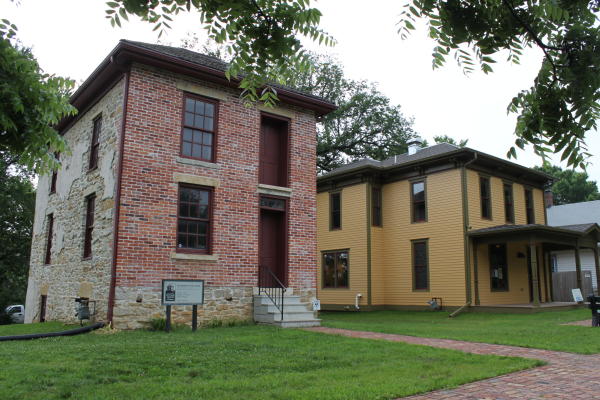
MAMIE WILLIAMS HOUSE
The home of acclaimed Topeka educator Mamie Williams is located at 1503 S.E. Quincy St. Williams served Topeka Public Schools for 30 years, including as principal of Monroe School, where the Brown v. Board of Education National Historic Site now lives. She was also featured in a documentary titled, “75 Years on Quincy Street.” As the house is a private residence, it is preferred that spectators keep a respectful distance.
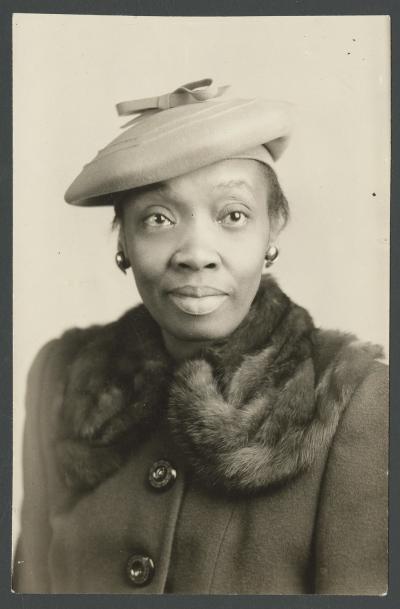
SKYLINE TRAILS AT BURNETT’S MOUND
Take in a spectacular view of the entire capital city from atop Burnett’s Mound. Located in Skyline Park, the mound is the highest point of elevation in the city. The area is home to hiking and biking trails, but for many people there is a more personal cultural connection. Burnett’s Mound is named after Potawatomi Chief Abram Burnett. After they were forced to leave their homes, Burnett led fellow Potawatomi tribe members from their settlement in Indiana to what is now Topeka.
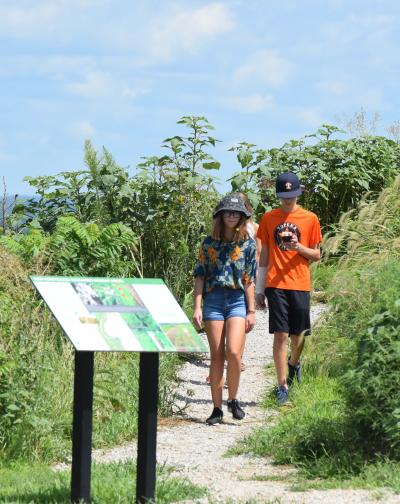
MUSEUM OF THE NATIONAL GUARD
Established in 1997, the Museum of the Kansas National Guard operates with the purpose of preserving the militia heritage of the Kansas Army and Air National Guard. For those hoping to conduct a deep dive, the museum offers an extensive military research library that contains hundreds of books focusing on the National Guard and associated military history. Outdoor displays surrounding the museum feature more than 30 military vehicles and aircraft, including an M60 tank.
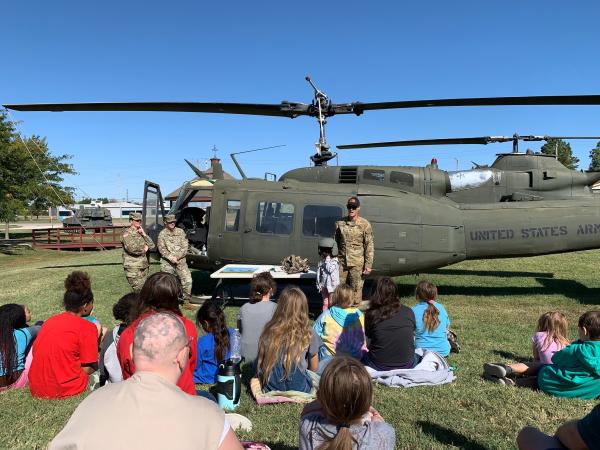
COMBAT AIR MUSEUM
The Combat Air Museum is a beloved stop for flight enthusiasts of all ages. Touting the largest collection of WWI replica aircrafts in the Midwest, Combat Air is one of a handful of major aviation museums in the United States located on an active airfield, and visitors to the museum are regularly treated to flying activities of Air Force fighter aircraft and Army helicopter operations.






